May 13, 2025
Author:Amanda Lyu
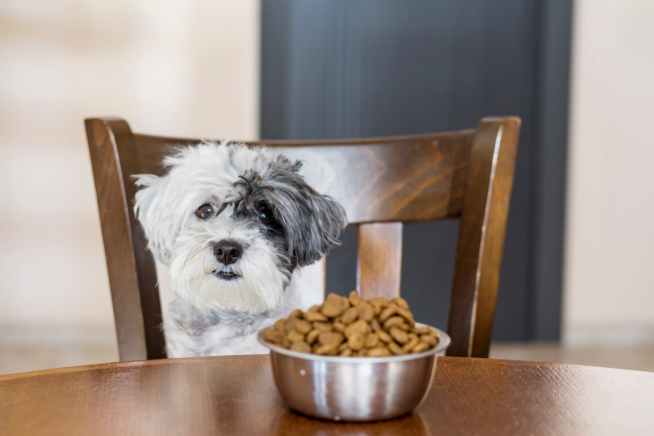
Ever looked at your pup after dinner and wondered, “How long does it really take my dog to digest food?” You are not alone. Knowing what happens after the bowl is empty helps you choose better meals, spot problems early, and keep tails wagging.
In this friendly guide we break down every stop on the digestive highway, show you how long the trip lasts, and share easy tips that support a happy gut.
Before you time the process, you need a quick tour of the route. Think of digestion as a relay race. Each organ passes the baton—food—while squeezing out nutrients and water that fuel play, zoomies, and sleep. When you grasp the job of each part, you can spot trouble faster and help your dog to digest food without hiccups.
● Mouth and Teeth: Sharp incisors grab kibble, while molars crush it into smaller bits. Saliva moistens every bite and adds enzymes that start breaking starch.
● Esophagus: A muscular tube pushes the food south with wave‑like squeezes called peristalsis. The ride is swift—seconds, not minutes.
● Stomach: Acids and enzymes turn solid bites into liquid soup. Here proteins begin to fall apart so the body can use them later.
● Small Intestine: This narrow tube does the heavy lifting. Pancreatic juices and bile finish digestion, and tiny villi on the wall soak up amino acids, fats, vitamins, and minerals.
● Large Intestine: Water returns to the body here. Friendly bacteria ferment leftover fiber, making short‑chain fatty acids that guard gut health.
● Rectum and Anus: The last station stores waste until your dog finds the right spot in the yard—often with a sniffing ritual that rivals a detective’s work.
Now that you know the cast of organs, let’s follow the script step by step. Digestion starts the moment your pup smells dinner and ends when you scoop the yard. Each stage moves at its own pace, and together they decide how long it takes your dog to digest food.
Fast eaters may gulp without chewing. This habit can cause gas or even make them throw up later. Consider slow‑feed bowls or no‑pull harness options that double as feeding aids by anchoring a bowl during walks.
Smooth muscle waves push food to the stomach in under 10 seconds. Problems like megaesophagus slow this step and may lead to regurgitation.
Food rests here from 30 minutes to 2 hours. Raw bones linger longer than canned food. During this time acids kill many bad germs.
Most nutrients slip through the gut wall in 1 – 4 hours. This is the longest leg of the journey and the part that fuels muscles for wireless fence systems training sessions.
Waste moves slowly—often 6 – 12 hours—while the colon pulls water back into the body. Fiber adds bulk and keeps things smooth.
When the rectum fills, stretch nerves signal the brain. A healthy pup will find a spot and finish the cycle without strain.
You now know the pathway and the actions at each stop. But how long does the whole trip take from bowl to backyard? The answer varies. Breed, diet, age, and health all change the clock. We can still look at typical ranges to predict when your dog to digest food completes the run.
Most adult dogs need 8 – 12 hours from eating to passing stool. Small breeds often finish faster than large ones.
● Stomach: 30 – 120 minutes
● Small intestine: 1 – 4 hours
● Large intestine: 6 – 12 hours
People often take 24 – 72 hours in total. Dogs speed through because their stomachs are more acidic and their intestines are shorter.
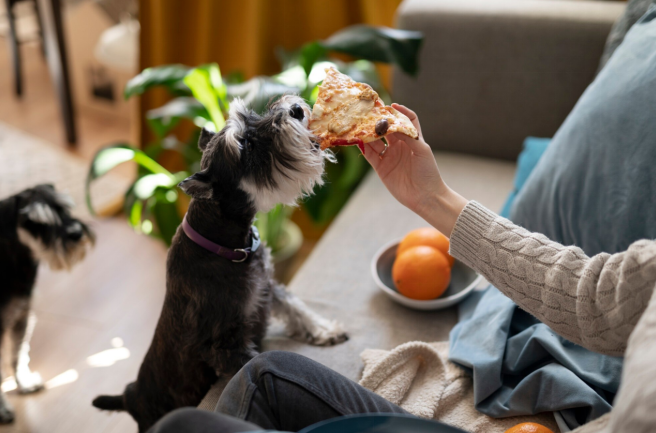
Not every meal moves at the same speed. Think about traffic on a busy road—time of day, car size, and weather all matter. The same goes for food on its way through a pup. When you adjust these factors, you help your dog to digest food with less trouble.
High‑protein, high‑fat meals stay longer in the stomach. Fiber speeds colon transit. Processed kibble breaks down quicker than raw bones.
Small dogs have shorter guts, so meals exit sooner. Large breeds like the German hound background need extra hours.
Puppies digest faster because their systems run like tiny engines. Seniors move slower, so they may need lighter meals.
Issues like pancreatitis, food allergies, or parasites change timing. Common skin problems can even signal gut trouble from the inside out.
Regular walks, games, and training—maybe through smart dog doors—stimulate gut muscles and shorten total transit time. For better health of your dog, you need to focus on his dietary habits. We recommend you buy WOpet’s automatic pet feeder.
Water softens food and oil‑slicks the path. Learn your dog’s hydration needs and keep a fresh bowl filled.
Signs of Healthy Digestion
A well‑running gut leaves clues. Watch stool, appetite, and energy to confirm that your dog to digest food is on track. If these markers stay steady, you can relax.
Firm but not hard, shaped like logs, and chocolate brown. Any change that sticks for two days needs attention. Check dog poop clues for extra guidance.
Most dogs poop 1 – 3 times per day, often at the same times. Sudden shifts may signal upset or a need to remove ticks safely if parasites are at play.
Healthy digestion fuels bright eyes, shiny coats, and zoomies in the yard.

Alt text: dog sick because of digestive issues
Even the best diets hit bumps. Knowing early warning signs lets you act fast and help your dog to digest food again with ease.
Loose stool flushes nutrients out. Try bland meals and call your vet if it lasts more than a day.
Straining or hard pellets often mean too little fiber or water. An automatic feeder that spaces meals can help.
Frequent or sudden vomiting may relate to fast eating. See why speedy eating and vomiting happens and slow the pace.
Itchy skin, ear infections, and chronic gas may trace back to diet. Novel‑protein or hydrolyzed foods often ease symptoms.
Blood in stool, repeated vomiting, or a bloated belly needs immediate care.
You shape digestion every day. The right choices let your dog to digest food smoothly and feel great from nose to tail.
● Choosing High‑Quality Food: Read labels and avoid fillers. Steer clear of dangerous ingredients.
● Maintaining a Consistent Feeding Schedule: Pick set meal times and stick to them. Routine trains the gut clock.
● Ensuring Proper Hydration: Fresh water plus wet food boosts fluid intake. Teach pups to drink more with a fountain.
● Providing Regular Exercise: Daily walks, fetch, or tug help gut muscles push waste along. Use interactive toys when the weather keeps you inside.
● Monitoring for Signs of Digestive Problems: Keep a poop diary, note energy dips, and photograph odd stool. This record speeds vet visits and answers the big question: how long does it take your dog to digest food right now?
Digestion is a journey that starts with a sniff and ends with a tidy scoop. Most dogs complete the trip in 8 – 12 hours, yet breed, age, diet, and exercise shift the timeline. By watching stool quality, keeping meals steady, and offering plenty of water and play, you help your dog to digest food with less fuss. Stay , trust your nose (and theirs), and your furry friend will thrive from bowl to backyard and back again.
Label:
Popular Post

What to Feed a Sick Dog With No Appetite? [2025 Guide]
May 16, 2023
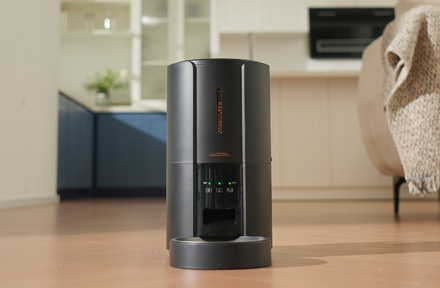
Troubleshooting Common Issues with Automatic Pet Feeders: Tips & Tricks for Pet Owners
Oct 26, 2023
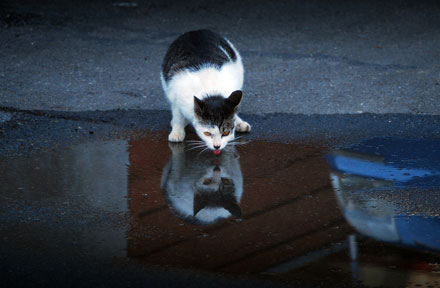
Why Does My Cat Cough After Drinking Water? 8 Potential Reasons
Mar 13, 2023
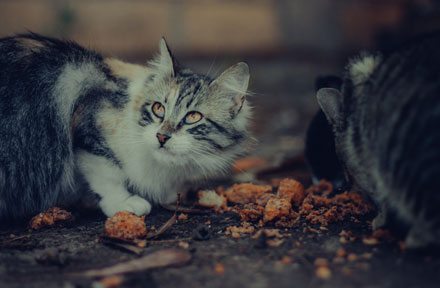
My Cat Only Eats A Little at A Time - What to Do?
Feb 27, 2023
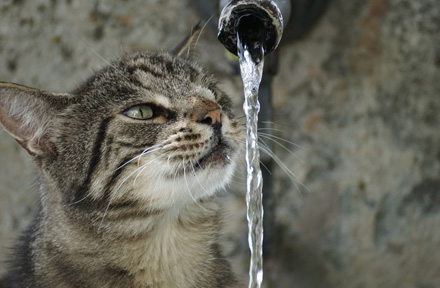
Why is My Cat Throwing up Water? Top 5 Causes Here
Feb 08, 2023
$99.99
$129.99
Copyright © 2025 WOPET. All Rights Reserved.